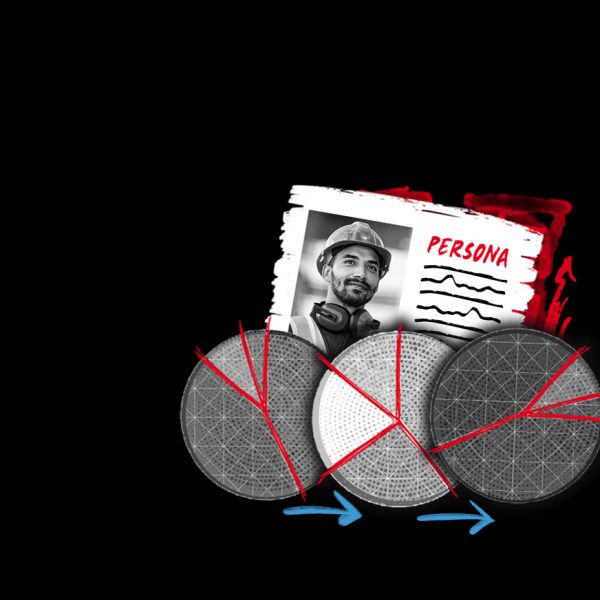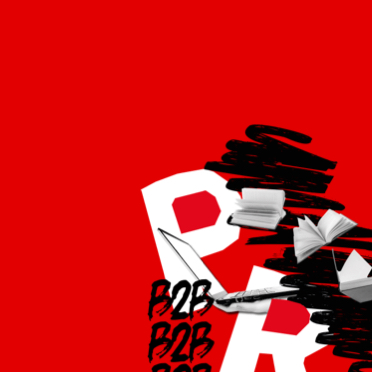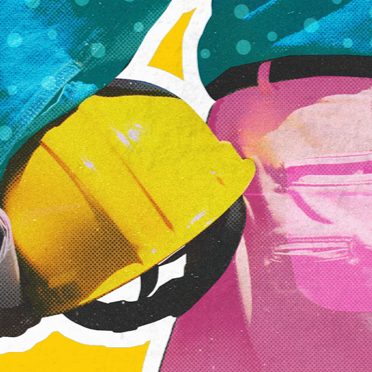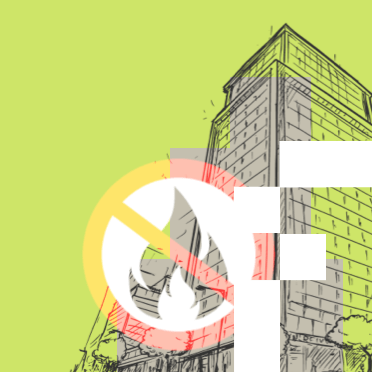Pareto’s law of the vital few – that 80% of consequences come from 20% of causes – is one of those simple principles that’s taken root in multiple areas of business theory and best practice.
In sales and marketing, it’s often cited as rationale for why activity should be focused on encouraging sales amongst relatively small groups (supposedly 20% of customers) who are frequent buyers (supposedly representing 80% of your sales), rather than a balanced approach across the wider market.
On the face of it, this seems logical – it appears a more effective use of resource to target those with an existing tendency to prefer your brand and buy lots of it, than it is to persuade those who occasionally or never buy your products to change their habits. But making this assumption can lead to missing significant revenue streams for your business – although the good news being this is something that marketing can take a lead on changing.
Byron Sharp has been perhaps the most high profile debunker of Pareto’s law in this context. In his book “How Brands Grow”, Sharp uses the example of Coke and Pepsi buyers to demonstrate that whilst it’s tempting to focus on the small number of people who may buy hundreds of drinks a year, in fact a big proportion of sales – much higher than the mythical 20% – comes from the vast majority of people who only buy these brands once or twice a year.
Sharp then looks at a range of other categories and sees the same trend – infrequent buyers constituting far more sales volume than the expected 20%; generally around 50% of all sales. What’s more, the trend holds even as brands grow market share – whilst the number of loyal, frequent buyers increases with market share, so too does the number of infrequent buyers.
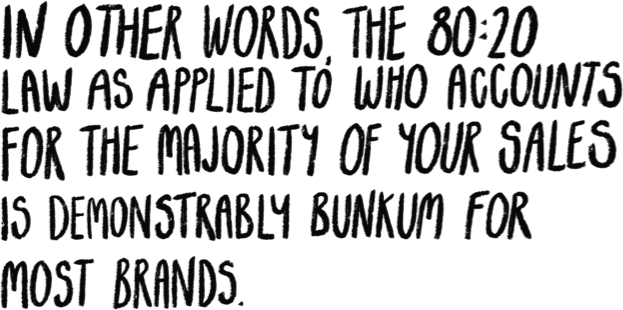
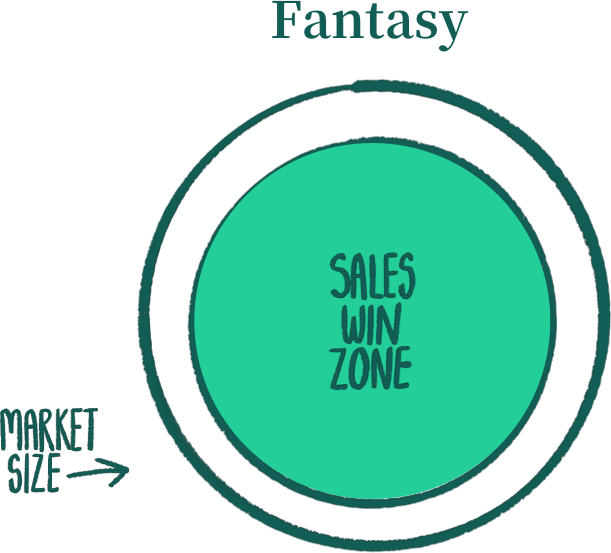
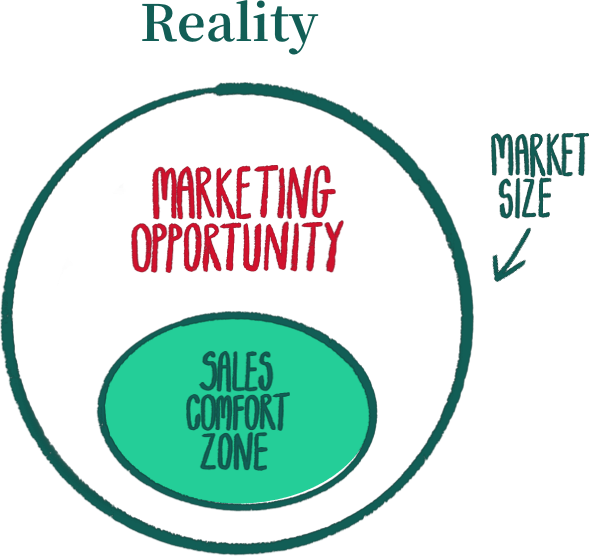
So what does this mean for B2B?
Well, Sharp reckons B2B is by and large no exception. Whilst there are always outliers of some kind, that’s generally consistent with our own experience down the years – although maintaining a focus on those low volume, high value customers is key, many of the most effective B2B brands also ensure they’re picking up infrequent buyers wherever possible too. They push beyond the sales comfort zone.
The challenge here is that B2B sales teams are often focused on account-based selling to that smaller “20%” group of buyers who probably represent, in reality, around half of possible sales. This makes sense to an extent, as you can focus an efficient team of experienced sales people to best support your most loyal customers; it just isn’t practical to apply that same approach to those who don’t buy regularly.
They may also simply be comfortable with this approach as it both aligns with received wisdom and returns what the business expects. What’s more, marketing is often set up to complement this focus on high value, low volume.
But this leaves money on the table – in some case potentially a chance to double your revenue. So how to push out of this sales comfort zone and cater for this mass of infrequent buyers without quadrupling the size of your sales team and blowing your profits? Alternative tactics need to be used, which increase sales whilst helping to keep cost per acquisition at a sensible level.
This can sometimes feel counterintuitive in businesses where the focus through marketing and sales is typically on working the customer journey of those frequent buyers, whether that’s through ABM or more generic techniques. Yet looking at how some relatively simple marketing tactics can be applied to infrequent buyers can be crucial in picking up that long tail of fragmented revenue that’s otherwise going to the competition.
It’s a trick that we’ve seen work really effectively for a number of clients. Heavy lifting specialists ALE identified that alongside structuring marketing to help secure major contracts with a relatively small group of main contractors, they also needed to secure sales to customers who had a much more infrequent need for similar but less complex work. So we helped them to build a simple customer journey based on the typical short-term purchase behaviour of this second type of buyer. Content was produced in the form of case studies, which were then used to build landing pages focused on the key types of work expected. A PPC campaign was then put in place to drive traffic, resulting in a ROI of 50:1.


